Main menu
Common skin conditions

NEWS
Join DermNet PRO
Read more
Quick links
Author: Brian Wu, MD candidate, Keck School of Medicine, Los Angeles, USA. DermNet New Zealand Editor in Chief: Hon A/Prof Amanda Oakley, Dermatologist, Hamilton, New Zealand. Copy editor: Maria McGivern/Gus Mitchell. March 2017.
Introduction
Skin health risks in homemakers
Understanding occupational skin disorders
Occupational skin disorders in homemakers
Assessment
Diagnosis and treatment
Millions of women globally are employed as homemakers, housewives or stay-at-home mothers, and are prone to skin disorders as a result of their work in the home.
While increasingly some men are also homemakers, househusbands and stay-at-home fathers, women employed in the home have historically done more wet work (eg, cleaning, washing) than men and have tended to suffer more from a cumulative irritant contact dermatitis of the hands caused by wet work. Housewife’s hand dermatitis (hand eczema) is one of the most frequent reasons for a homemaker to visit a dermatologist.
Homemakers are prone to skin problems because of:
The terms occupational skin disorder or occupational skin disease are used to refer to dermatological conditions that develop or worsen due to the nature of a person’s work. Skin disorders are believed to account for 40–70% of all occupational diseases. Skin disorders occur when the natural defences of the skin are compromised by mechanical, chemical, or biological agents, leaving the skin more vulnerable to infections and the breakdown of the skin barrier.
Skin problems arising in homemakers include:
Housewife’s hand dermatitis was so named due to a large number of homemakers who suffer from hand dermatitis due to both irritant contact dermatitis and allergic contact dermatitis. It has been classified into acute ‘wet’ and chronic ‘dry’ types.
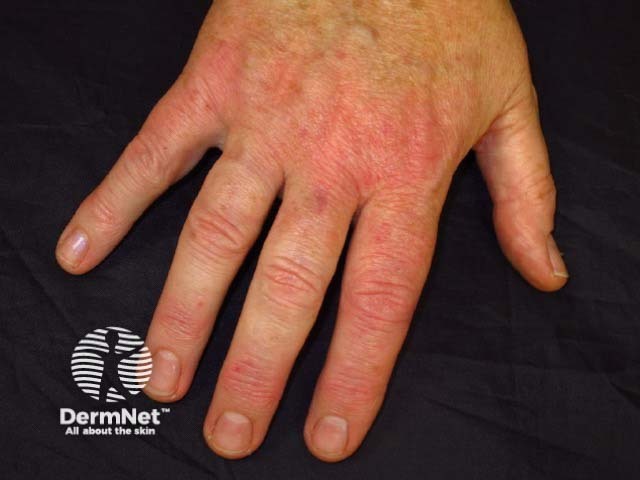
Irritant contact dermatitis
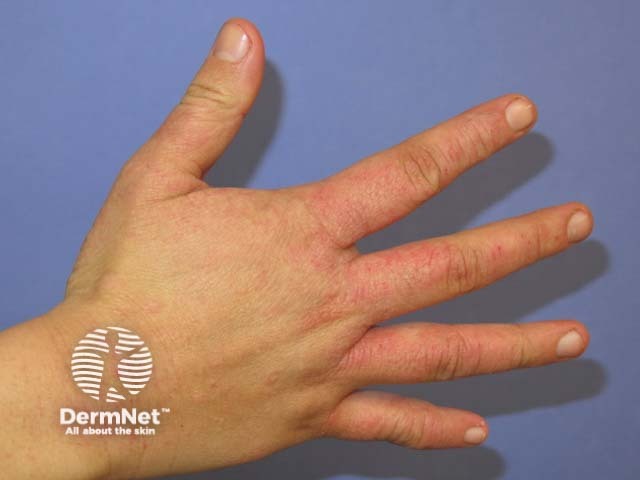
Irritant contact dermatitis
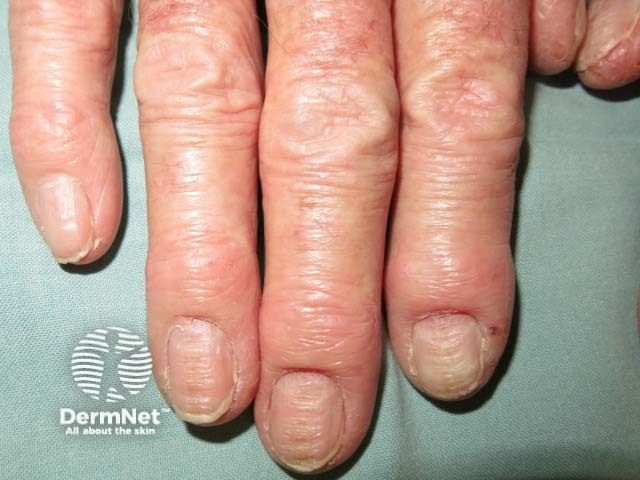
Paronychia with hand dermatitis
Mechanical injuries in homemakers may include minor abrasions and cuts, often associated with scrubbing floors or contact with other rough surfaces.
Skin infections that can occur in homemakers include the following.
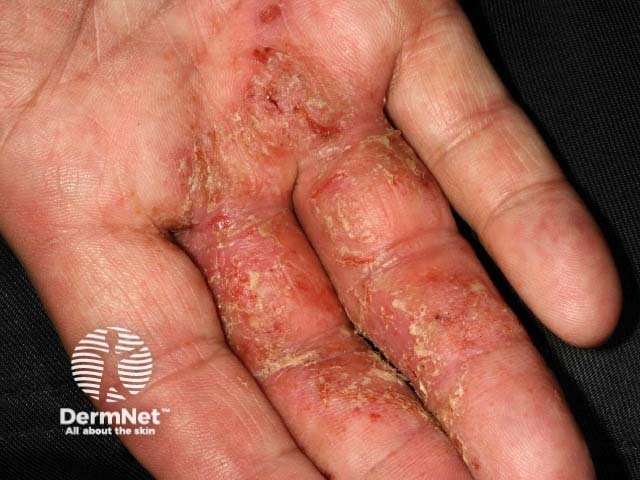
Infected hand dermatitis
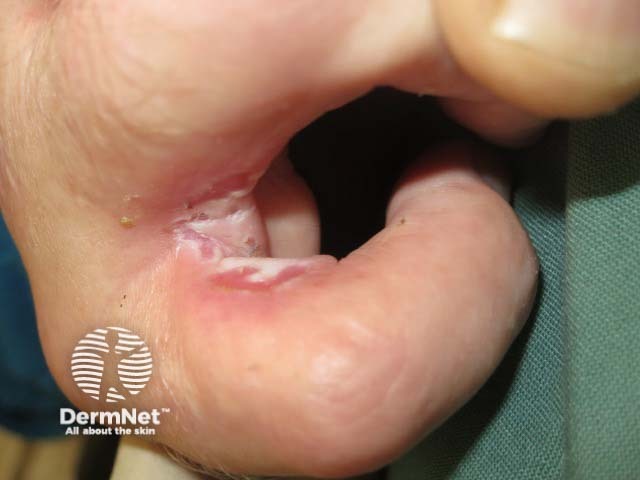
Interdigital candida infection
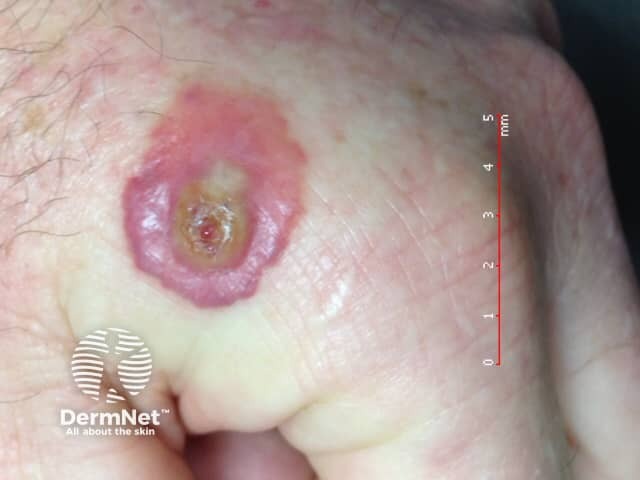
Orf
Since the home environment is not a ‘workplace’ in the traditional sense, safety at home is up to the individual homemaker. Factors to consider include:
The most important piece of personal protective equipment for homemakers should be gloves, preferably of a non-latex type to avoid possible sensitisation to latex. If working with volatile/airborne chemicals, protective aprons and masks or goggles should also be considered.
Good hand care can help to prevent hand dermatitis or treat it once it has developed. Tips include:
The diagnosis of an occupational skin disorder should include:
The treatment of an occupational skin disorder can include: